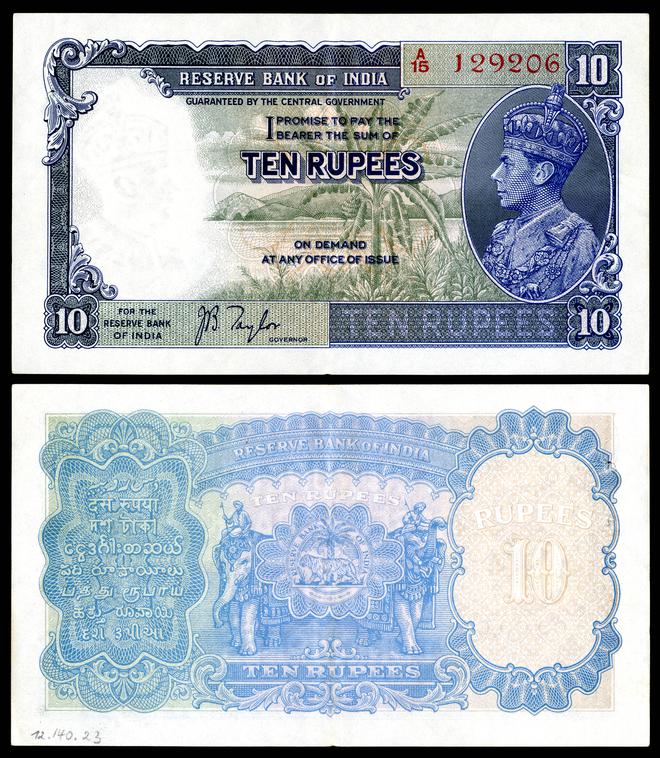Questions:
1. In 2000, the Reserve Bank of India (RBI) incorporated a feature in the then 500- and 1,000-rupee notes. On the obverse of each note, the note’s numerical value was printed such that, when the note was flat, the numbers were green but blue when observed from an angle. Name the ink used to print this feature.
2. On many currency notes, including the new rupee notes the RBI released in 2016, some designs are printed such that they rise a little over the rest of the note’s surface. Such printing is called ________ printing, from the Italian word for ‘carving’. Fill in the blank.
3. This feature appears between the portrait of Mahatma Gandhi and a vertical band. On notes of the 5- and 10-rupee denominations, it contains the word ‘RBI’ in small letters, and in the notes of higher value it also includes the value of each note. Name this feature.
4. From 2000, the RBI has weaved a narrow strip of ribbon across the note’s breadth, engraved with the words “Bharat” and “RBI”. It is visible on the obverse and hidden on the reverse. Name this feature.
5. At least until the previous series of banknotes, the RBI printed a rectangular image on the obverse side of the 20-, 50-, 100-, 500-, and 1,000-rupee bank notes, to the right of the Gandhi portrait. This image showed the note’s value in numbers and could only be seen only when one held the note in which way?
Visual:

The Bharatiya Reserve Bank Note Mudran operates two currency printing presses. One is in Salboni, West Bengal. The other is in the city shown above. Name it.
Answers:
1. Optically variable ink
2. Intaglio
3. Microlettering
4. Security thread
5. Flat at eye level
Visual: Mysuru







